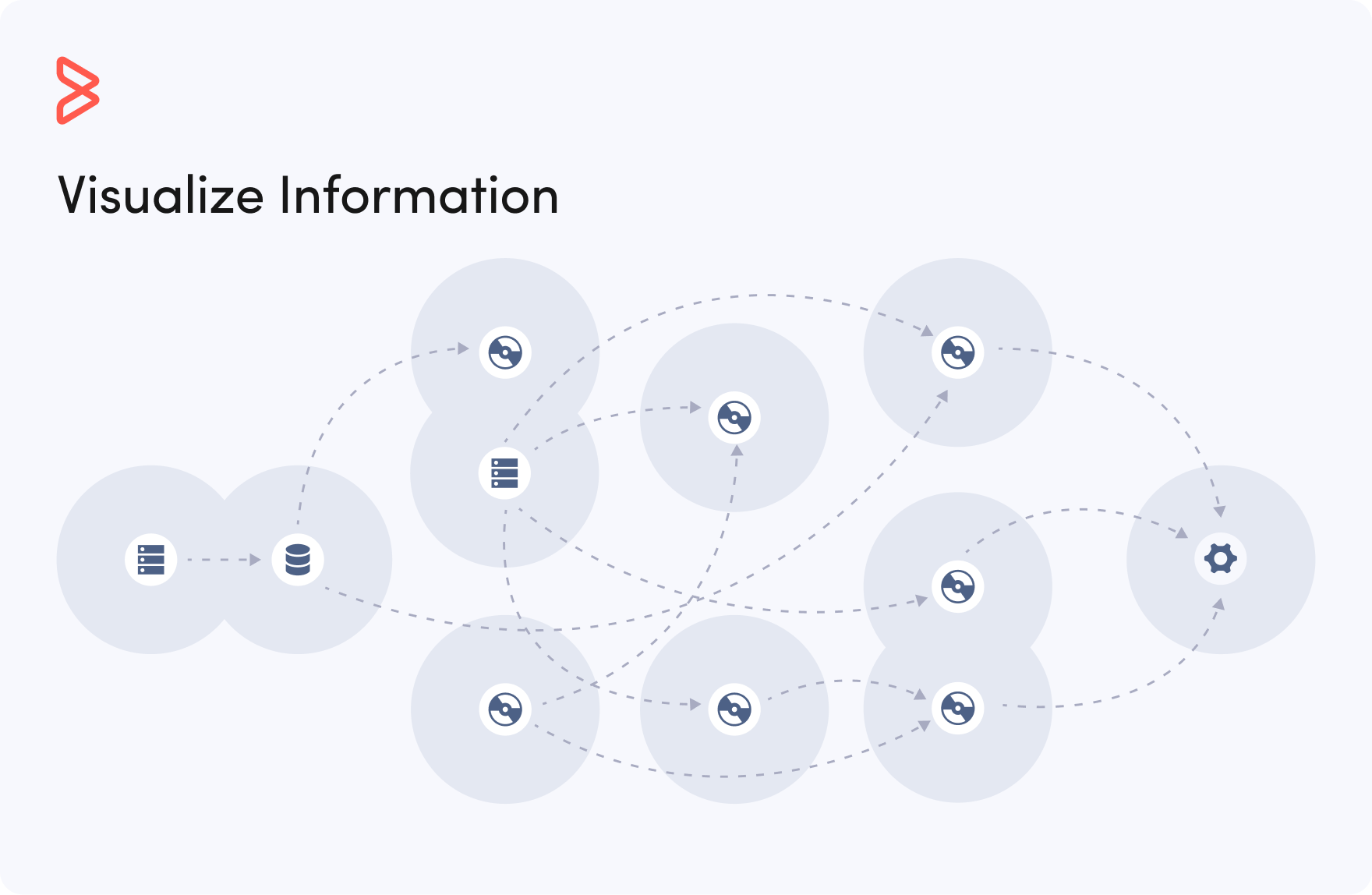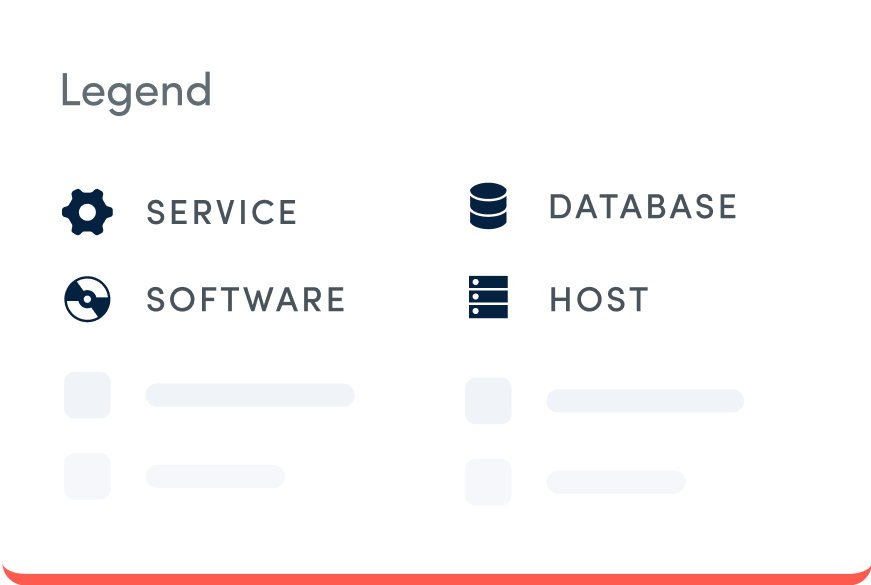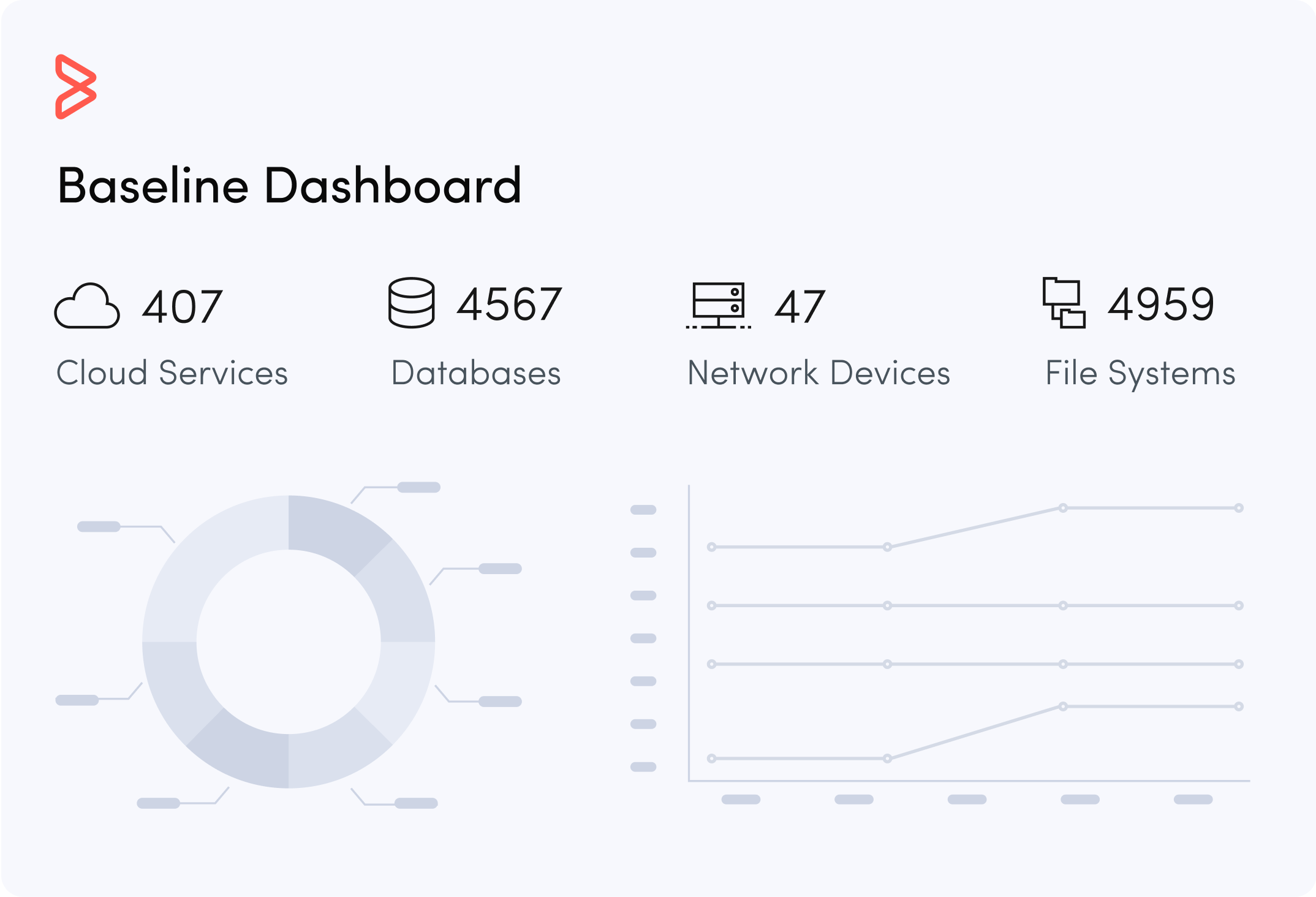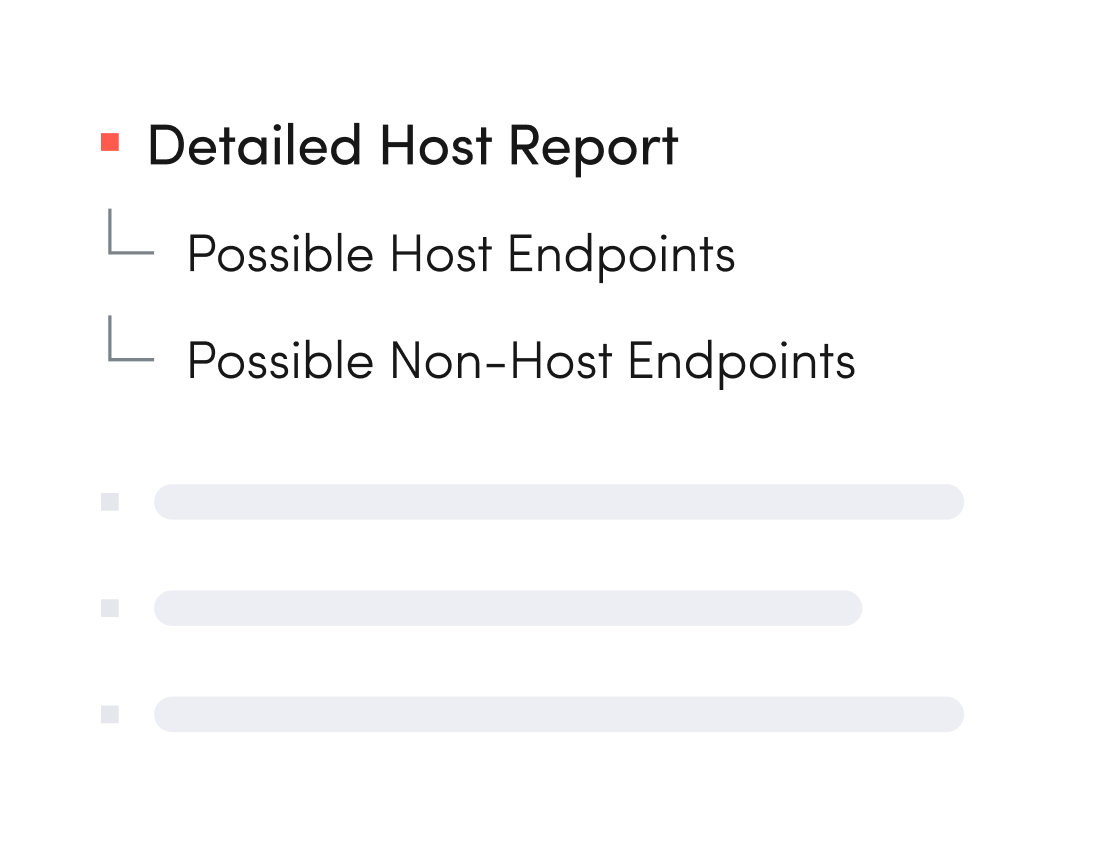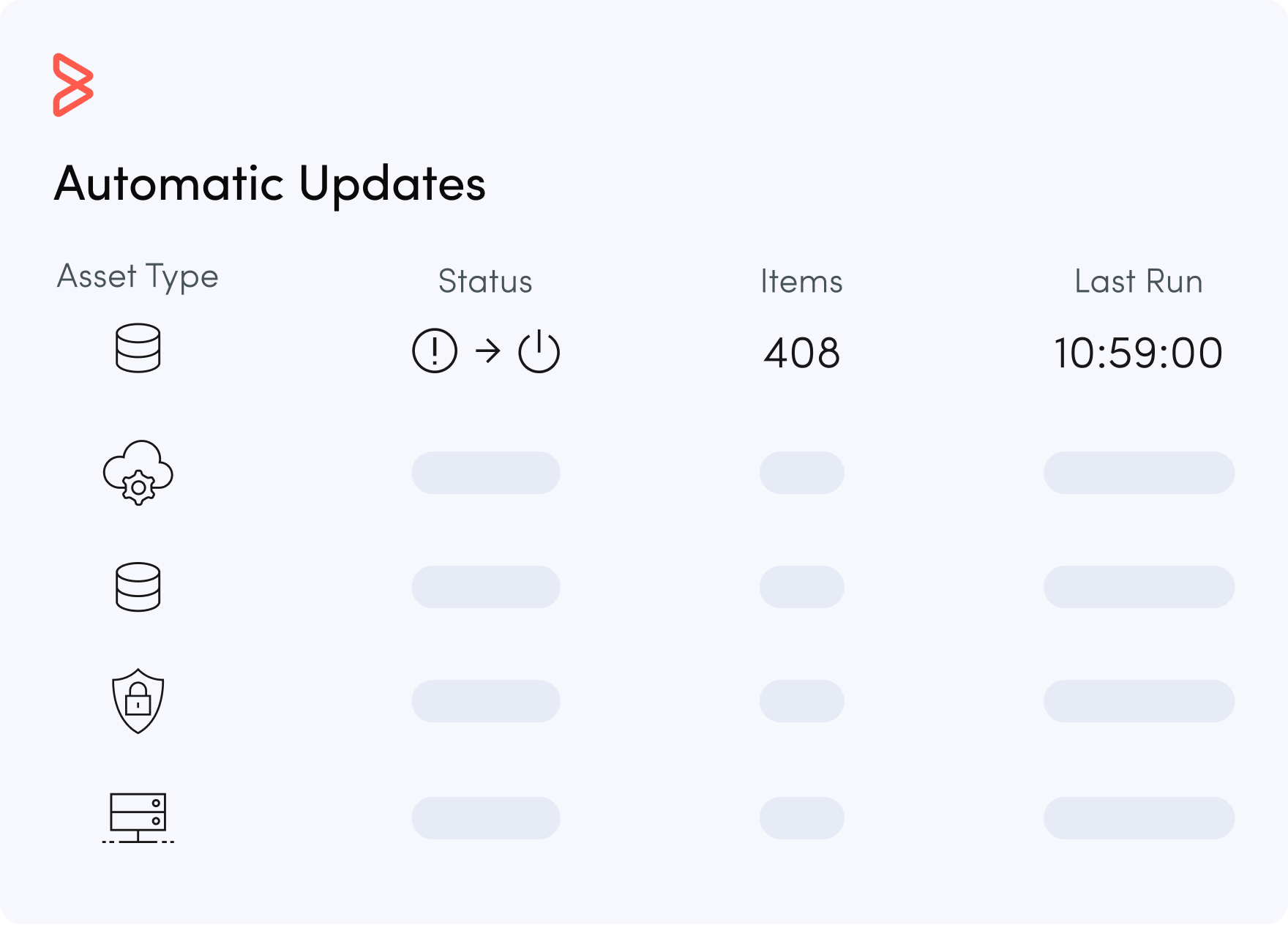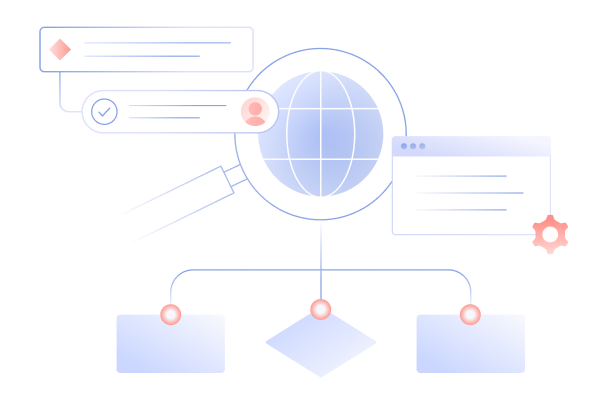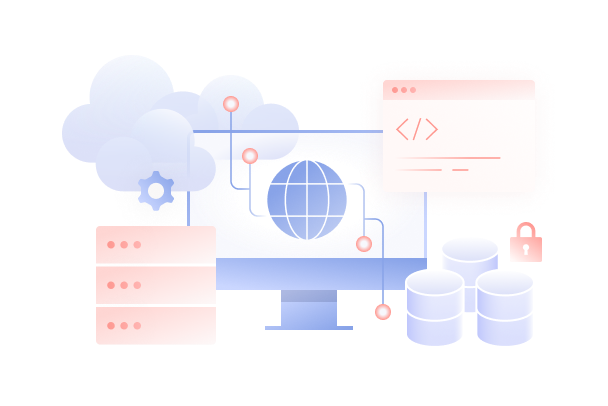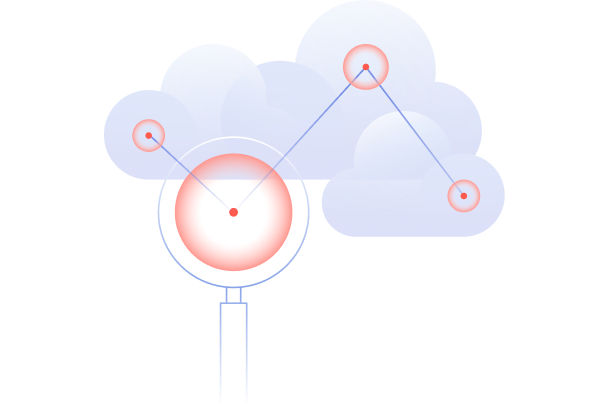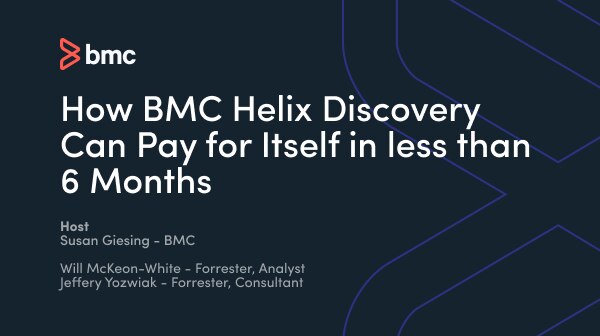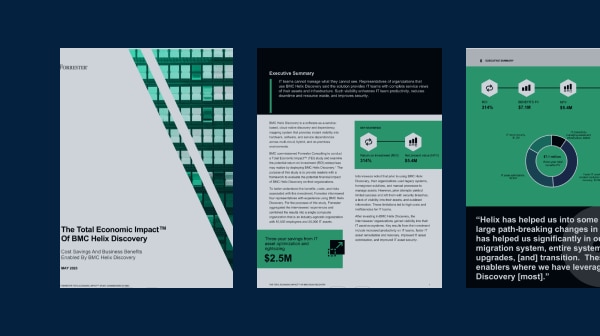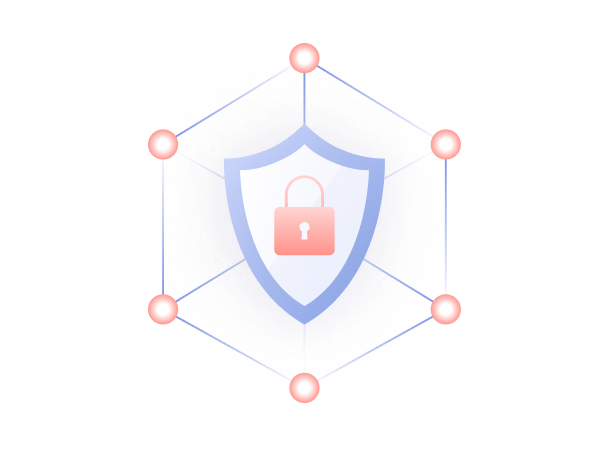
Security & Compliance
Asset discovery is pivotal in hardening an organization's security posture and ensuring regulatory compliance. By providing a detailed view of all assets, IT security teams can identify unauthorized or non-compliant devices that could be potential vulnerabilities. Regular discovery and inventory updates ensure that no unauthorized changes go unnoticed. This enables organizations to enforce security policies and comply with standards such as GDPR, HIPAA, and SOX, which require knowing precisely what assets hold sensitive data and ensuring they are adequately protected.
Learn more

